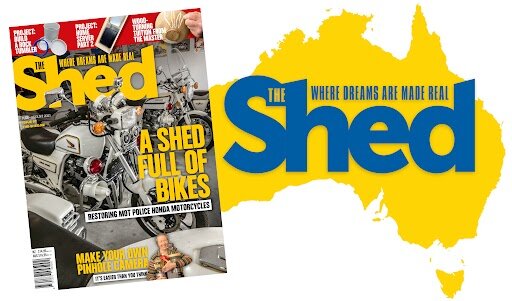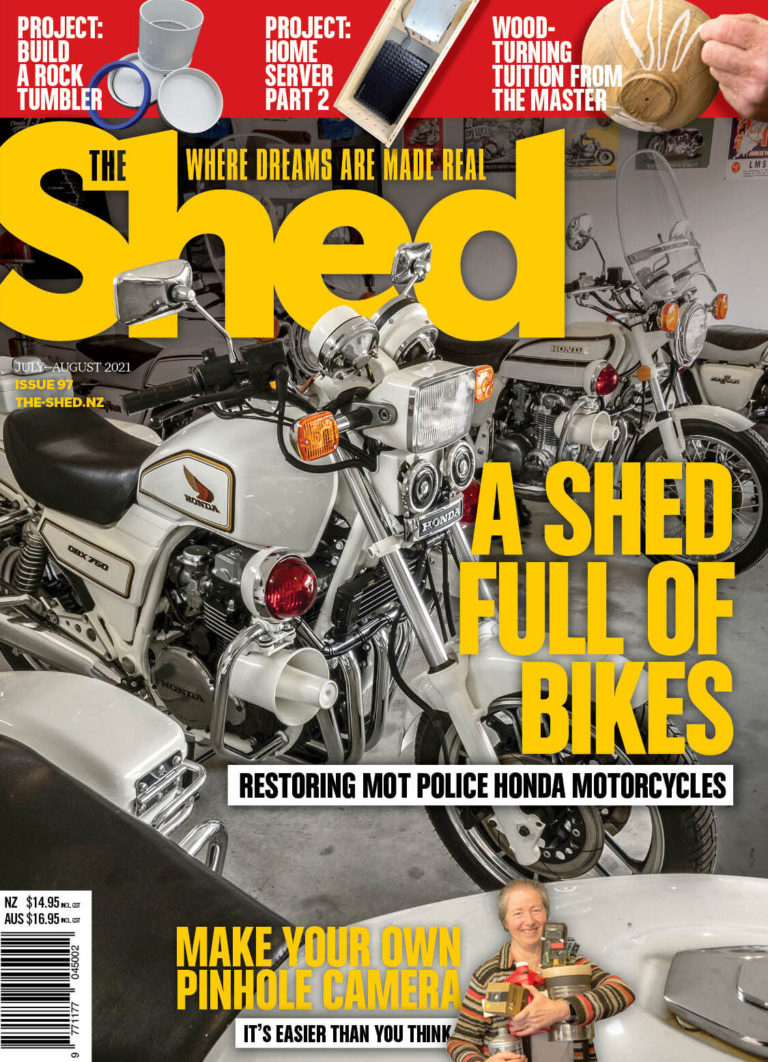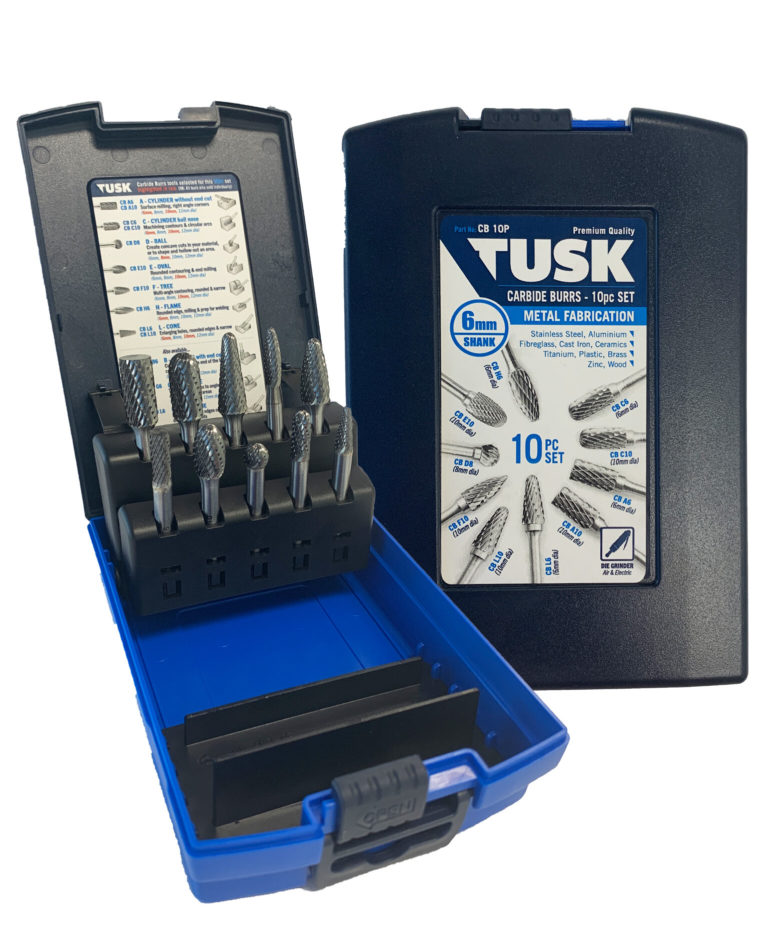The Tool Room
At home with vintage hand-tool collector Des Barnes.
Tool collector Des Barnes jokingly calls himself “a magpie.”
While he is attracted to an array of ageless apparatus, his initial collection was founded on necessity rather than a predilection for heritage handcraft. Des began buying tools as soon as he started his apprenticeship as a Cabinet maker and Joiner in 1958. He was a conscientious recruit eager to secure the right tool for the job. Needless to say, many of the tools that were necessary for the trade back then are considered collector’s items today. And he still owns them, including a few he made himself.
The thing that drives Des’ collection these days is his deep respect for the skill and precision-crafting of traditional toolmakers. His beautifully presented tool displays on seven high glass shelves in his carpeted exhibition room certainly do justice to the artistry of their makers. In tool terms, he describes himself as a bit of a hand-plane and chisel devotee, but his quest for vintage utensils does not end there.
Head here to our online shop to purchase a copy of this magazine.

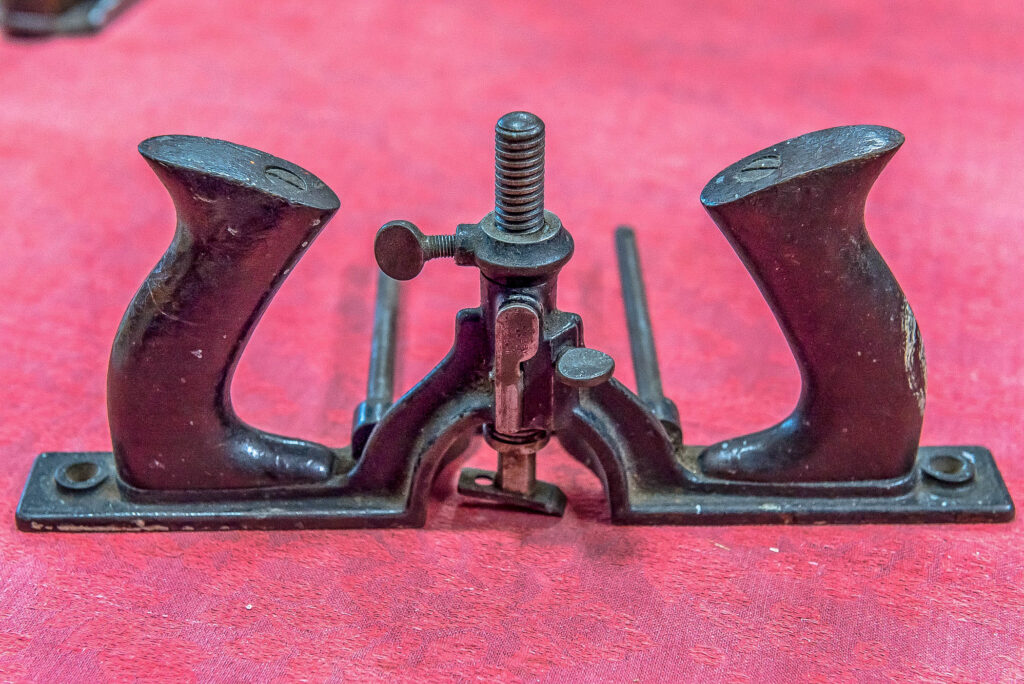
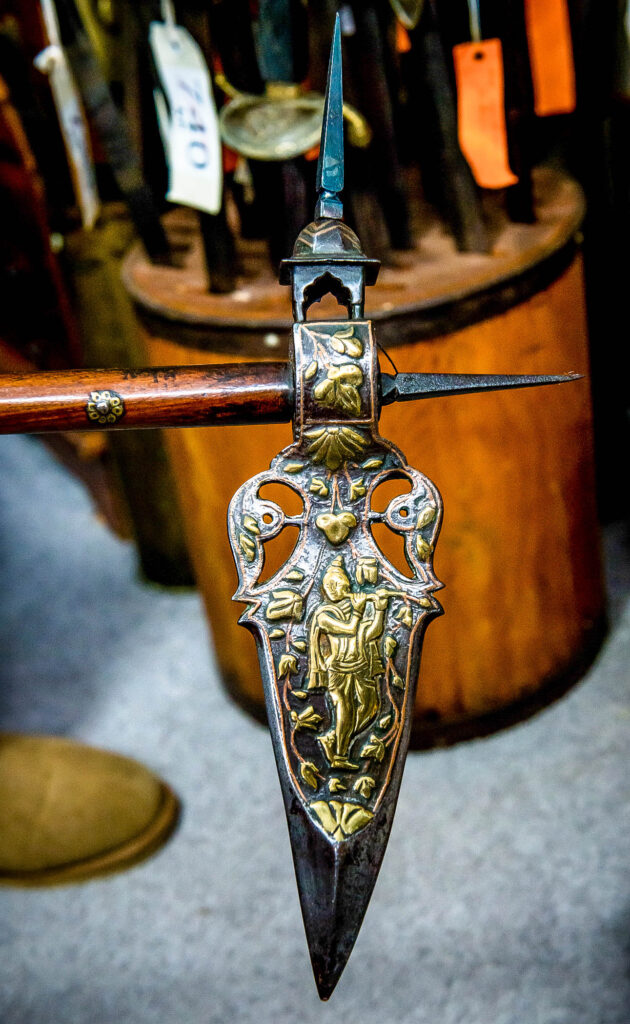
A trip to a sawmill helps out with Christmas Lunch
A Christchurch Menzshed is mainly set up for woodwork, and a perennial problem for them is getting quality wood for things like speaker cabinets, furniture and toolboxes.
Much of what gets used is recycled timber – mainly rimu or oak – which has its own problems, with hidden screws and nails.
One of the senior members was chatting about the shed with a mate who happened to own a large timber yard. The mate said that he had bought a small country sawmill a few years ago, which his son managed, and suggested that a group of the Menzshed members might like to visit one morning and look over the operation.
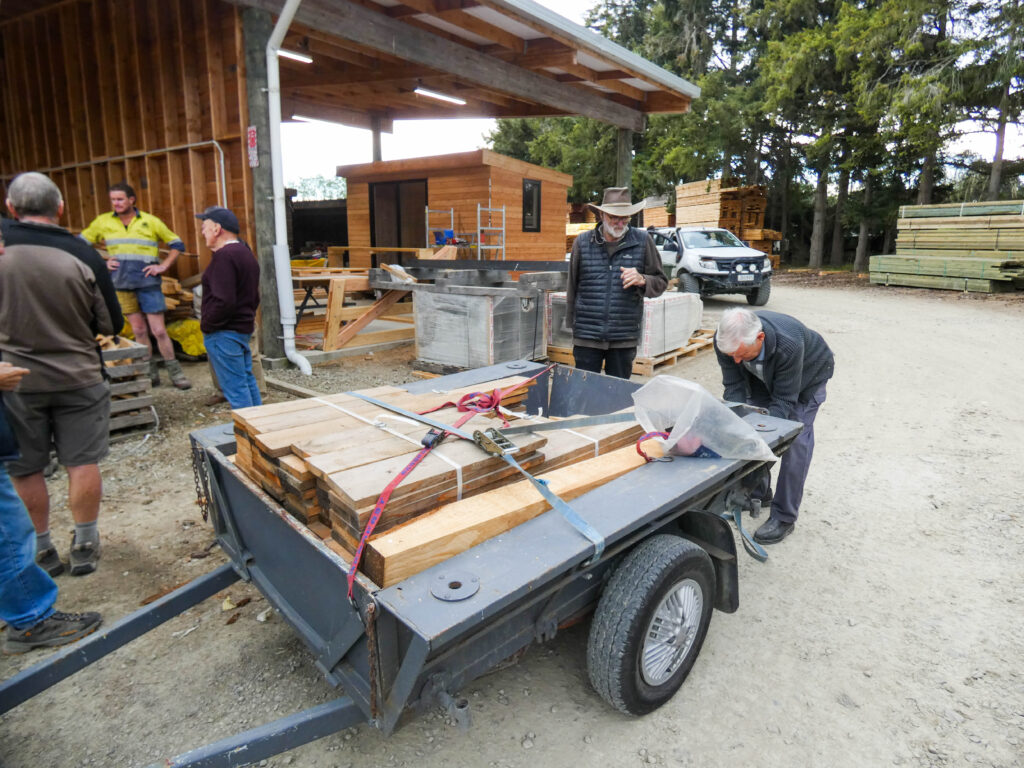
Project: Making a router bowl – without a lathe, and not necessarily round
There are a number of proverbs in life that don’t hold up under scrutiny.
Such as, “The grass is always greener…”, “No pain, no gain”, and “You need a lathe to make a wooden bowl.” Oh, and “all bowls need to be round.”
If you have a router, you have another perfectly good method available. One of the distinct advantages of this technique is that the resulting bowl does not have to be round (although it can be if you want – it can be any shape you like).
Using a router to make a bowl is a hand-held router technique, and although I am generally not the biggest fan of using a router hand-held, routing a bowl is a particularly easy evolution. I know of classes where this technique is taught to vision-impaired students who come up with stunning creations.

AJS motorbike restoration – part 3
It’s time to attend to the engine and gearbox. In this instalment, Peter pulls them apart to assess their condition and then repair and restore them. There are also some painting decisions to be made.
“In my first two articles about the rebuild of a bitser 1952-ish AJS 500 motorcycle, I outlined how I welded a broken cast-iron cooling fin on the motor, checked the magneto ignition and got the head repaired.
I also described what I had learnt about nickel plating (using surplus nickel welding rods and then nickel tape) so that I could make a relatively cheap substitution for chromium, eg on pushrod cover tubes and bolt heads.
Nickel plating was also used to build up a worn kick-starter shaft as a part approach to stopping the kick-start from jamming; I also ground back a couple of teeth on the starter quadrant gear.”

Arduino Basics 102 – Display
In this instalment in our series on Arduino basics, Mark discusses displays, what to choose and how best to use them – LEDs, LCDs, TFTs, OLEDs and more.
“In the last few issues of The Shed, we’ve covered ‘Time’ along with ‘Inputs’ and ‘Outputs’, and while they are useful for M2M (Machine to Machine), having it display that information is akin to icing on a cake.
Looking up the meaning of display gave me a wide range to choose from, but the one that I preferred for our application was “to show something or a collection of things in an organised way for people to see.“
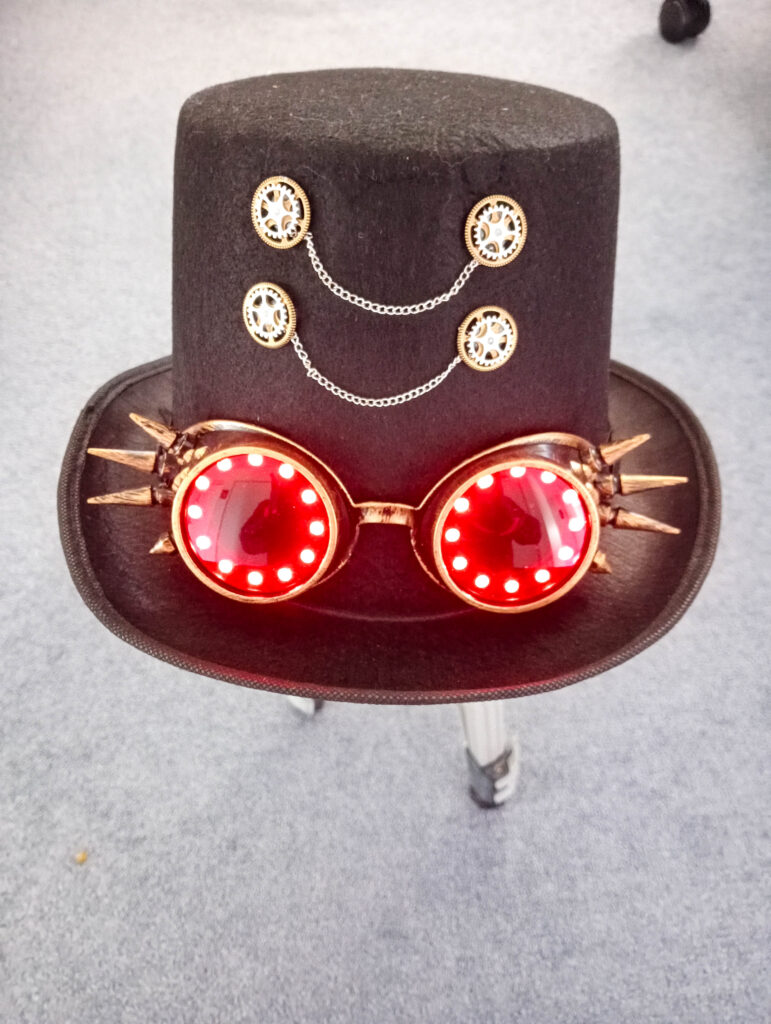
Understanding AI
DIY-AI
You can’t stop progress, but embracing something you do not understand is not easy. Nigel Young does the hard yards for us sheddies and tries out a couple of AI software programs to see if they will actually assist or hinder us in our workshops.
“Last October, my wife and I were in Perth, where I had the opportunity to attend a TEDx event on the subject of Artificial Intelligence (AI).
Now, I had previously played a bit with the free version of ChatGPT, the one most people are probably aware of. It has its limitations – as we shall see – but I wasn’t really stretching it in any way. The TEDx event changed all that.
There were four speakers, all very interesting and informative about how AI is being used in and around Western Australia. The fourth, however, the one that impressed me the most, was Sean Oldenburger – a young man in his late twenties, I would guess – who had started a business advising businesses on how AI could benefit them. He was described as “… a dynamic entrepreneur and technology strategist with a passion for innovation”.
As a leader in the startup ecosystem, Sean has a deep understanding of how emerging technologies like AI are reshaping opportunities for new businesses. I came away inspired by the whole event, particularly about AI in business.

Profiling the New Plymouth Menzshed
This Taranaki Menzshed was on the verge of closure in 2019, but now, thanks to a small, dedicated team, it is flourishing like never before.
“The Menzshed is fully functioning – to capacity, in fact – but when Phil reactivated his membership five years ago, it was on the verge of closing.
At the time, just four men were meeting twice weekly. Phil had taken a rain check to be a dad to Ivy, but when she was starting preschool, he had time to give.
“The call went out to the membership, whether the shed should go into recess and restart at a later date, which we all know is usually the end of things,” Phil said.
The New Zealand Community Trust gave the Menzshed funding for the position, and Phil started co-ordinating at 10 paid hours per week. He and the members quickly got the shed back into a functional state, tidying up, organising the space, doing maintenance on machinery, and teaching people how to use machines safely and correctly.“
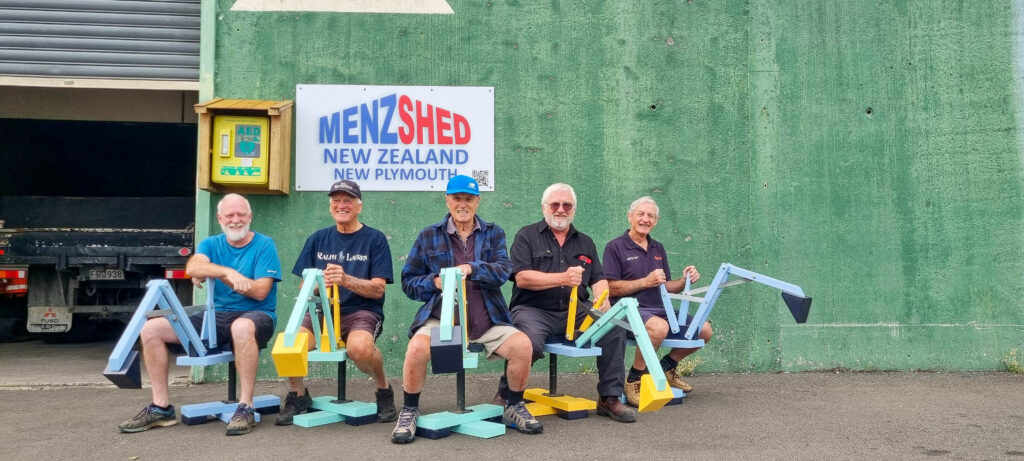
Shed quiz
Know your stuff – The Shed quiz No. 1
You’ve got a shed, and you know how to use it – but do you really understand how everything works? Test your sheddie knowledge here with our new workshop mental skills challenge.
New reader competition – the ‘Versatile Shed of the Year’
Do you have New Zealand’s most interesting shed? Whether it’s the cleanest, most cluttered, epic man cave or simply one-of-a-kind, we want to see it! We love them all, and now it’s your chance to show off your shed and win.
How it works:
We’ll select the top five sheds from all the entries.
These finalists will then be showcased on Facebook, and the public will vote – the shed that obtains the most likes and comments wins!
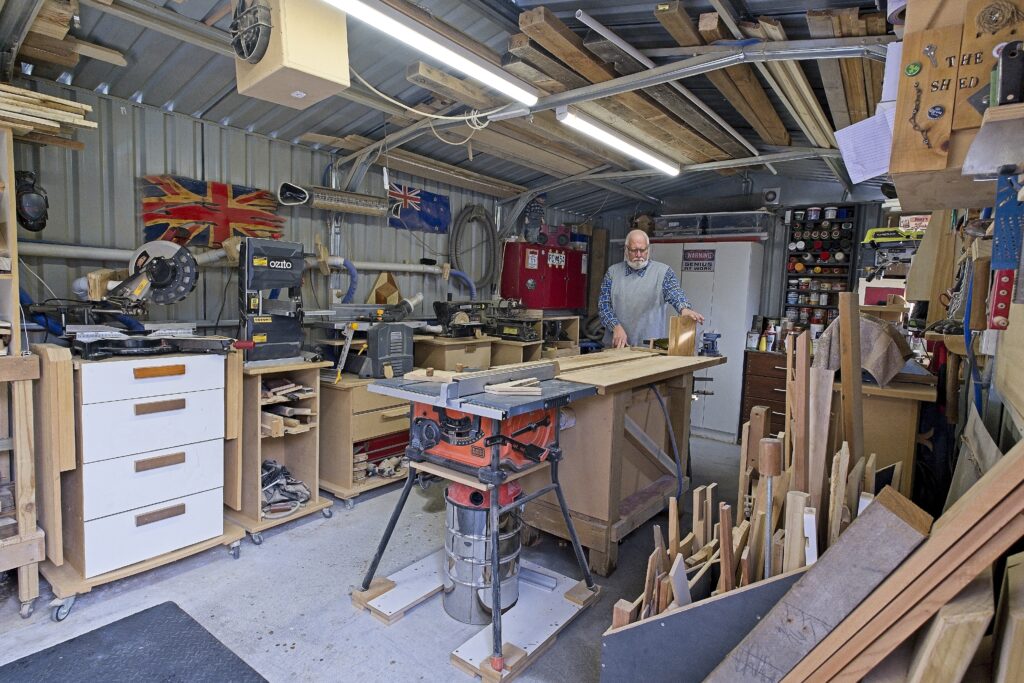
The Shed Shrink
For some, a very brief encounter can bring about some life-changing positive changes.
“Both the foster parents looked at each other with wide grins. The foster mother asked if they could recall how long they had stayed in their home after all these years: “I don’t remember specifically, but I remember we ate together, we talked about stuff, and all of this was such a wonderful thing!“
The foster mother replied; sweetie, we only had you with us for three days because you ran away; you see, the three days had made a significant impression on this young visitor to their home, even though the couple most likely felt they had failed the young person who was vulnerable, unstable and somewhat reckless.”
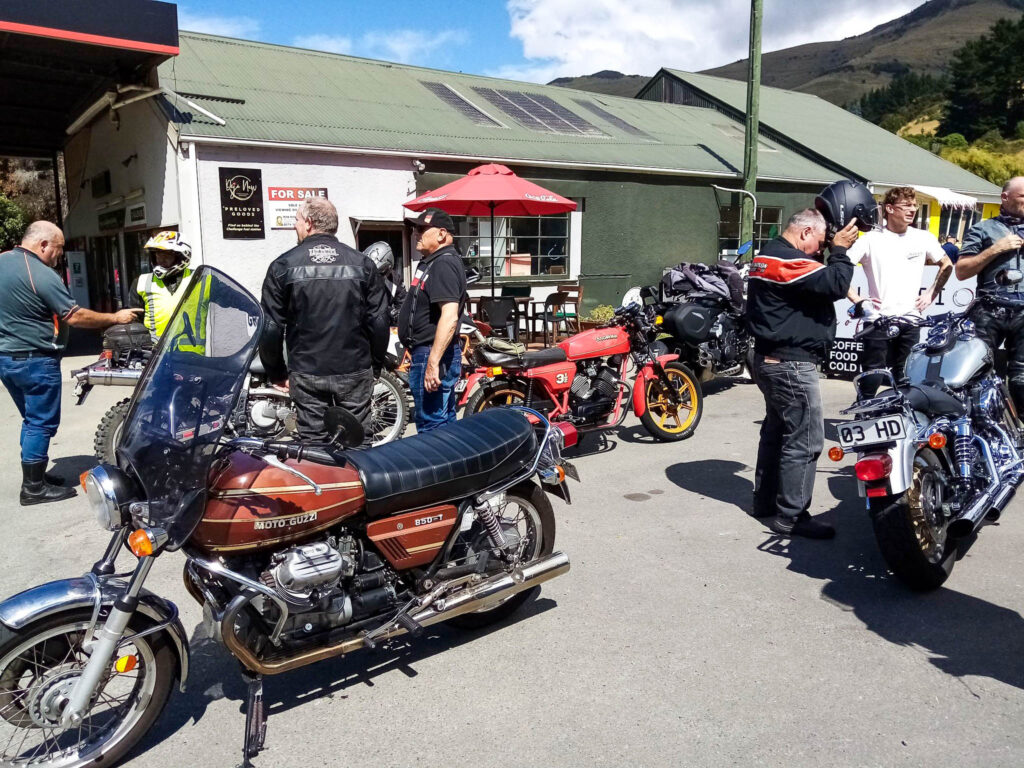
Chris Gordon makes… Ed Roth’s Sidewalk Surfer
A trip to the dairy in the 1960s for bubblegum started a lifelong interest in the renowned hotrod illustrator. Chris’ latest project is an inspired electric-powered version of this classic skateboard.
“The first thing Chris did was a trial assembly of the V8 engine’s components.
He has a small storage shed filled with four-cylinder Kawasaki ZX250 250cc engines and parts of engines which he accumulated when he was making the 500cc petrol engine. These “learner” (LAMS) racing bike engines could rev up to 19,000 rpm (more in short-stroke form), so they had to be carefully maintained to survive years of use. If scheduled oil changes were missed (as they often seem to have been), the oil pickup in the sump could clog, the big ends could be starved of lubrication, overheat, seize, and the rider’s crash gear would be given a workout.
Two of Chris’ ZX250 motors had damaged crankshafts after seizing, and these were the ones grafted together to form the small V8. The V8 has two electric motors hidden inside its crankcase, where the crankshafts were originally located. One motor powers the skateboard, and the other turns the pulley and belt of the blower drive.”

A 24-drawer cabinet for your shed
Even if you are lucky enough to have a huge shed, you still need to organise your storage to avoid chaos.
“Most men have a degree of envy when they find out how big my shed is, 24m x 14m with a 6m stud.
However, no matter how much space you have, human nature requires us to expand our possessions to fit the available space. When we bought our lifestyle property, there was only the shed, no house. We first built a small 65m2 secondary dwelling with all of our bigger furniture, and everything that we wanted for our “bigger” house was put in the shed.
My wife and I, however, must have some squirrel in our DNA, we just keep acquiring stuff and only recently put real effort into actually organising it. It came to a head when, while building my kit set aeroplane, the time came when the forward fuselage needed to be attached to the aft fuselage; it just wasn’t possible In the remaining space.”
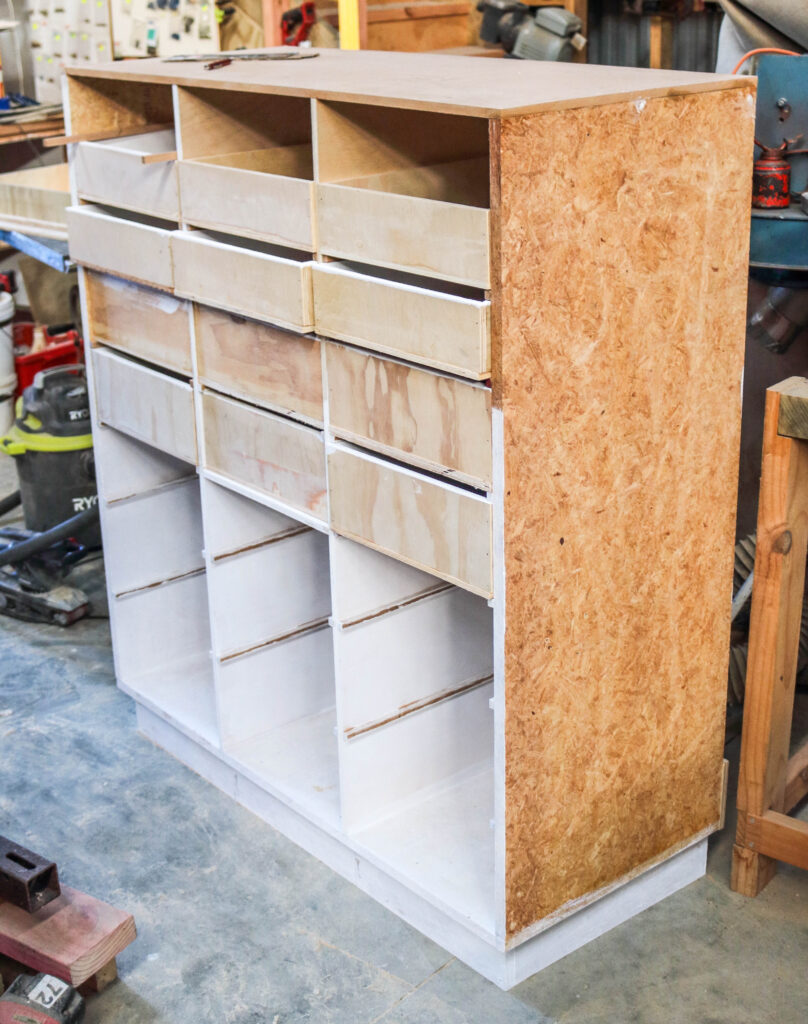
Off the grid: The art of being a good mixer
Murray has had a very busy summer but has found the time to restore a vintage cake mixer and finds James May offers some inspiration for his project.
“Some things last longer than others, the pity being that time has to pass before that longevity becomes obvious.
Suddenly, you realise that all its contemporaries have bitten the dust, but product X is still soldiering on. So it is with our 1993 Corolla wagon, just clocking past 400,000km. So it is as well with a veritable fleet of something manufactured in Britain from 1962 until 1976; the Kenwood Chef A701a.
I first contemplated them when reading a book by James May called The Reassembler. Then I bought one. Then another. Then, I figured to restore the spare one – as you do. And went down an entirely pleasant rabbit hole – the way the local bunnies do when I stalk them, nowadays…”
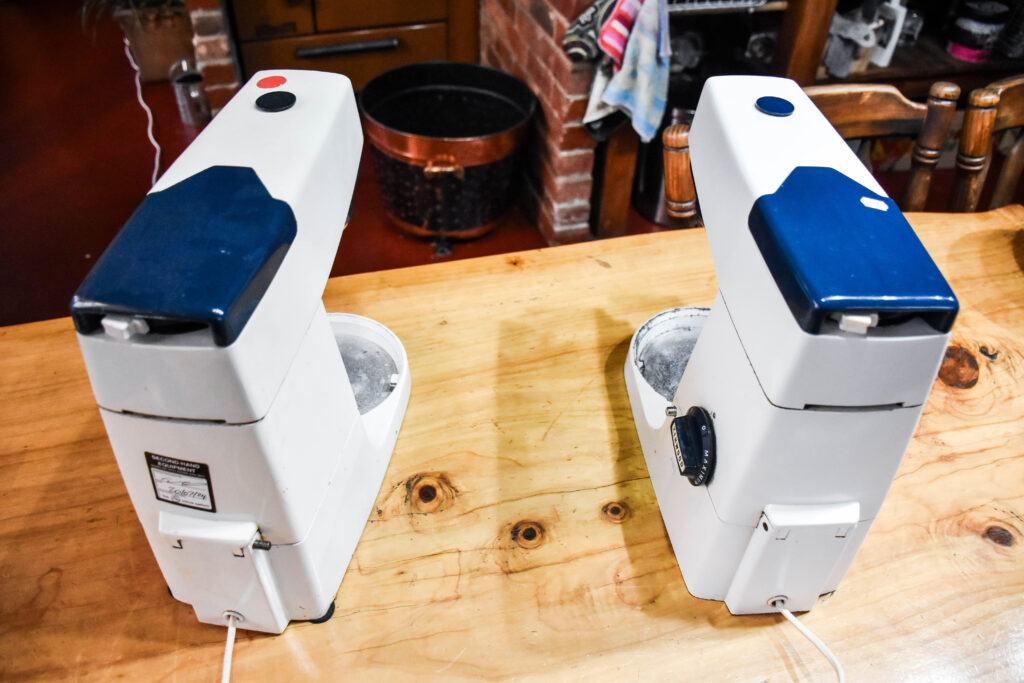
My shed: Paul’s Shed
This Leeston shed is home to a workshop, various cars, hot rods, and an extensive collection of advertising signs. The advertising signs relate to a broad range of products, from biscuits to bicycles and from ice cream to colas and oil companies. It also doubles as a home. It may be sheddie heaven.
“Most sheddies when looking for a new home, tend to look for houses with a larger than normal garage. Paul French did it rather differently.
He looked for a large industrial building and then built an accommodation wing – three bedrooms, a bathroom and a kitchen – onto it. So his 500m2 shed is also his living room, with internal access, TV, couches, cable-reel table, woodstove and jukebox.
Twelve years ago, he bought a shed in the industrial area of the rural town of Leeston, which is about an hour’s drive south of Christchurch. At that time, the town was not thriving and many of the main street shops were empty – as was the building Paul bought, which previously housed a car wrecking business.“

Back O The Shed: Where have all the Blowers gone?
Jude laments our current lot of politicians, both here and abroad, who are neither great orators and lack any semblance of, or even a smidgen of, wit.
“I have been musing lately that there are no inspiring politicians.
We seem to have achieved peak mediocrity and don’t get me started on the grown-up toddlers in the White House capriciously destroying their own state. It’s interesting to consider why Tweedledumb and Tweedledumber are wrecking the American public service. Is it to pay for $US4.3 trillion in tax cuts for billionaires? Who would do such a thing? … Oh, yes, of course.”


